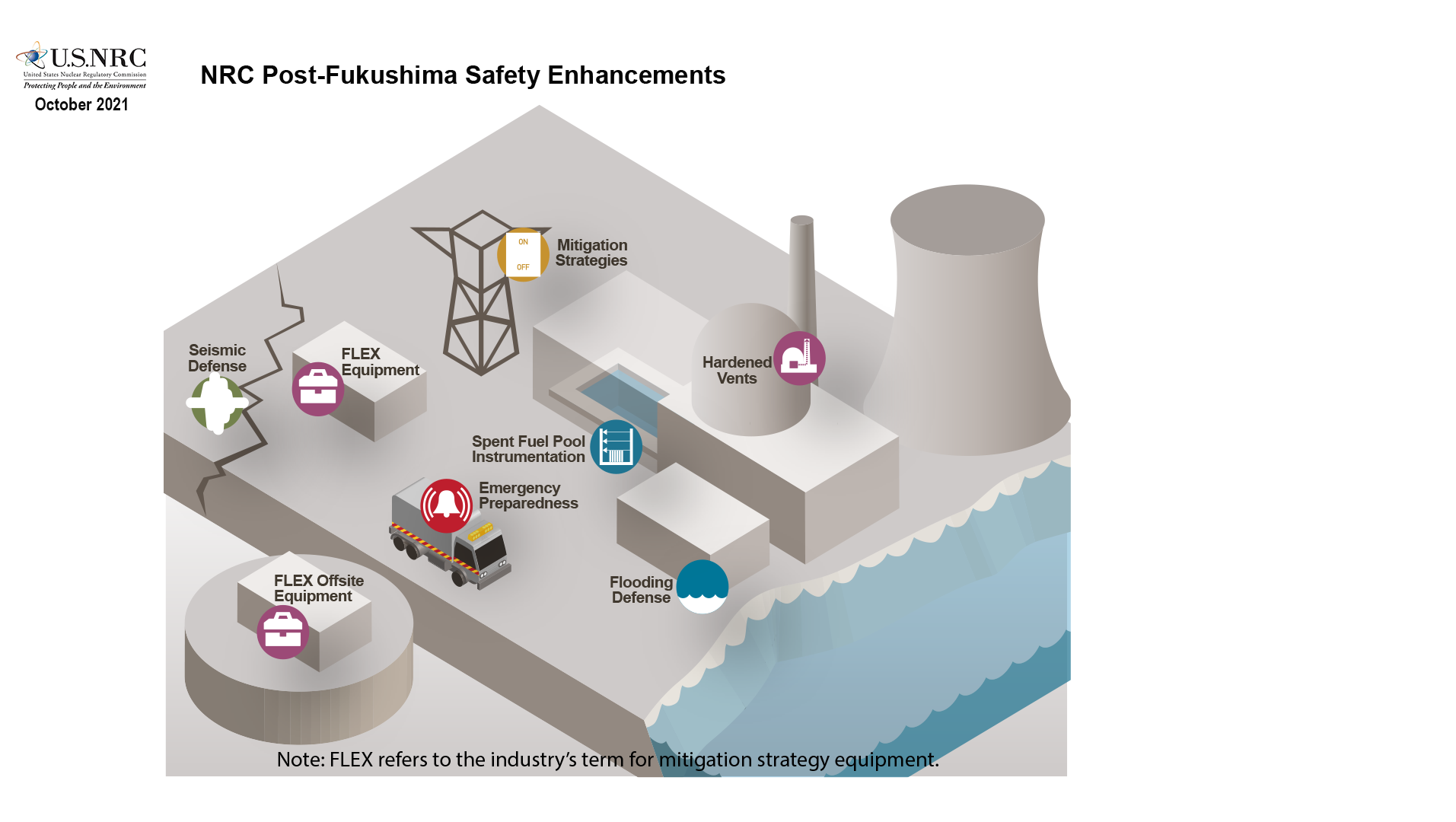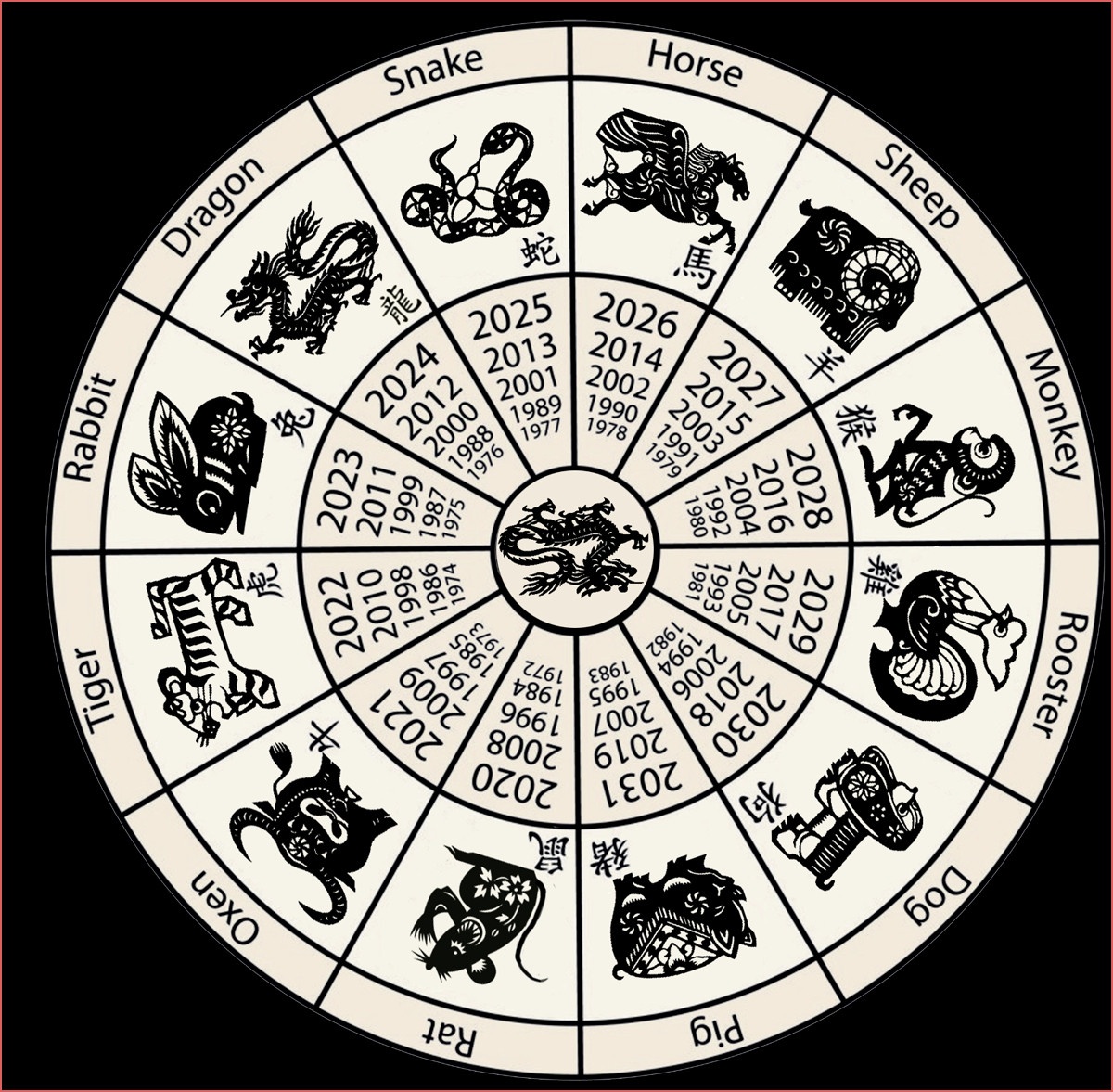Planning A Reactor Power Uprate? Navigating The NRC Process

Table of Contents
Understanding the NRC's Regulatory Framework for Reactor Power Uprates
The NRC holds ultimate authority over the safety and operation of nuclear power plants in the United States. Their role in a reactor power uprate is paramount, ensuring that any increase in power output doesn't compromise safety standards. The approval process is governed by a comprehensive set of regulations, primarily found within 10 CFR Part 50, which details licensing requirements for nuclear power plants. Key terms you need to understand include:
- Power Uprate: An increase in the licensed thermal power level of a nuclear reactor.
- Technical Specifications: Detailed operational limits and conditions for the reactor, ensuring safe operation.
- Safety Analysis Report (SAR): A comprehensive document demonstrating the safety of the proposed power uprate.
Specific NRC regulations impacting the power uprate process include:
- 10 CFR Part 50, Appendix B – Quality Assurance
- 10 CFR Part 50, Appendix K – Environmental Qualifications
- 10 CFR Part 50.59 – Changes, Tests, and Experiments
The type of power uprate application will influence the specific requirements. These can range from minor modifications to significant upgrades requiring extensive analysis and justification. Crucially, compliance with all applicable regulations is mandatory throughout the entire process.
The Pre-Application Phase: Essential Steps for Success
Thorough preparation before submitting your reactor power uprate application is paramount. This pre-application phase involves several crucial steps:
- Preliminary Assessments and Feasibility Studies: These studies evaluate the technical and economic viability of the power uprate, identifying potential challenges early on.
- Early Engagement with the NRC: Proactive communication with the NRC from the outset can help avoid costly delays later in the process. This includes informal discussions and pre-application consultations.
Key tasks to complete during this phase include:
- Conducting a comprehensive safety assessment.
- Developing a detailed project schedule and budget.
- Assembling a qualified team of engineers, consultants, and legal experts with proven experience in reactor power uprates and NRC regulations. The benefits of proactive communication with the NRC cannot be overstated – it helps establish a collaborative relationship and allows for early resolution of potential issues.
The Application Process: Documentation and Review
The application itself requires extensive documentation, meticulously compiled and presented to meet the NRC's stringent requirements. The key documents needed typically include:
- A detailed Safety Analysis Report (SAR) demonstrating the safety of the proposed power uprate.
- An Environmental Report assessing the potential environmental impacts.
- Updated Technical Specifications reflecting the increased power level.
The NRC's review process is rigorous and can involve several stages:
- Application Receipt and Docketing: The NRC officially receives and registers your application.
- Technical Review: NRC staff scrutinize the application's technical aspects, identifying areas needing clarification or further analysis.
- Public Comment Period: The NRC will likely allow for public comment and may hold public hearings.
- Safety Evaluation Report (SER): The NRC issues an SER summarizing its findings and recommendations.
- Licensing Board Hearing (if required): A formal hearing may be necessary to address contested issues.
Potential issues during this stage can include incomplete documentation, inadequate safety analysis, or concerns raised during the public comment period. Proactive identification and resolution of such issues are vital to maintaining momentum.
Addressing NRC Concerns and Revisions
During the NRC review, you’ll likely receive Requests for Additional Information (RAIs). These are common and are an opportunity to clarify or expand on aspects of your application. Common NRC concerns include:
- Inadequate justification for design changes.
- Insufficient safety analysis for anticipated operational occurrences.
- Unclear descriptions of proposed modifications.
Best practices for responding to RAIs:
- Provide timely and thorough responses.
- Clearly address each RAI point individually.
- Use clear and concise language.
- Support your responses with compelling evidence.
Maintaining open and transparent communication throughout the process is crucial.
Post-Approval Implementation and Ongoing Compliance
After receiving NRC approval, implementing the power uprate requires careful planning and execution. This includes:
- Modifying plant systems and equipment as required.
- Retraining plant personnel on new operating procedures.
- Conducting thorough testing and commissioning activities.
Post-uprate, ongoing compliance is essential:
- Regular inspections and monitoring are needed to verify continued safe operation at the increased power level.
- Periodic reporting to the NRC is required, providing updates on plant performance and any significant events.
Maintaining safety and regulatory compliance is not a one-time effort; it's an ongoing commitment.
Successfully Navigating Your Reactor Power Uprate
Successfully navigating the NRC approval process for a reactor power uprate requires thorough preparation, proactive communication, and expert guidance. Understanding the regulatory framework, assembling a qualified team, and meticulously addressing NRC concerns are crucial for a smooth and successful outcome. Planning a reactor power uprate? Contact our experts today for assistance in navigating the NRC approval process and maximizing your plant's efficiency.

Featured Posts
-
 April 17 2025 Horoscope Astrological Forecast For All Signs
May 01, 2025
April 17 2025 Horoscope Astrological Forecast For All Signs
May 01, 2025 -
 Thes Dansants Et Numerique Un Guide Pour Une Organisation Reussie
May 01, 2025
Thes Dansants Et Numerique Un Guide Pour Une Organisation Reussie
May 01, 2025 -
 Stars Take 3 2 Series Lead With Johnstons Quickest Playoff Goal
May 01, 2025
Stars Take 3 2 Series Lead With Johnstons Quickest Playoff Goal
May 01, 2025 -
 Bangladesh Nrc Seeks Accountability For Anti Muslim Attacks And Plots
May 01, 2025
Bangladesh Nrc Seeks Accountability For Anti Muslim Attacks And Plots
May 01, 2025 -
 Clase Nacional De Boxeo 2025 Sheinbaum Y Cesar Figuras Principales
May 01, 2025
Clase Nacional De Boxeo 2025 Sheinbaum Y Cesar Figuras Principales
May 01, 2025
